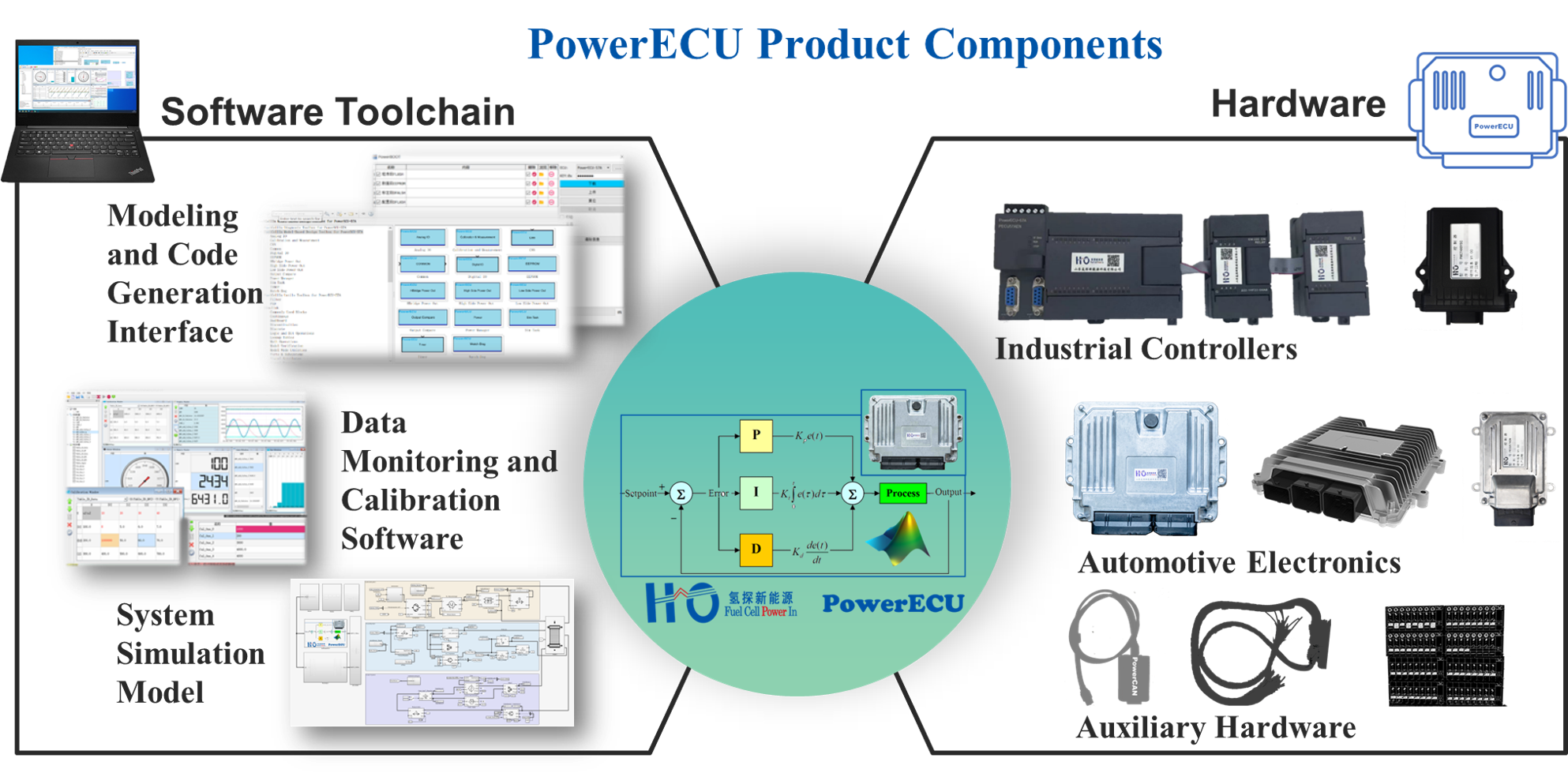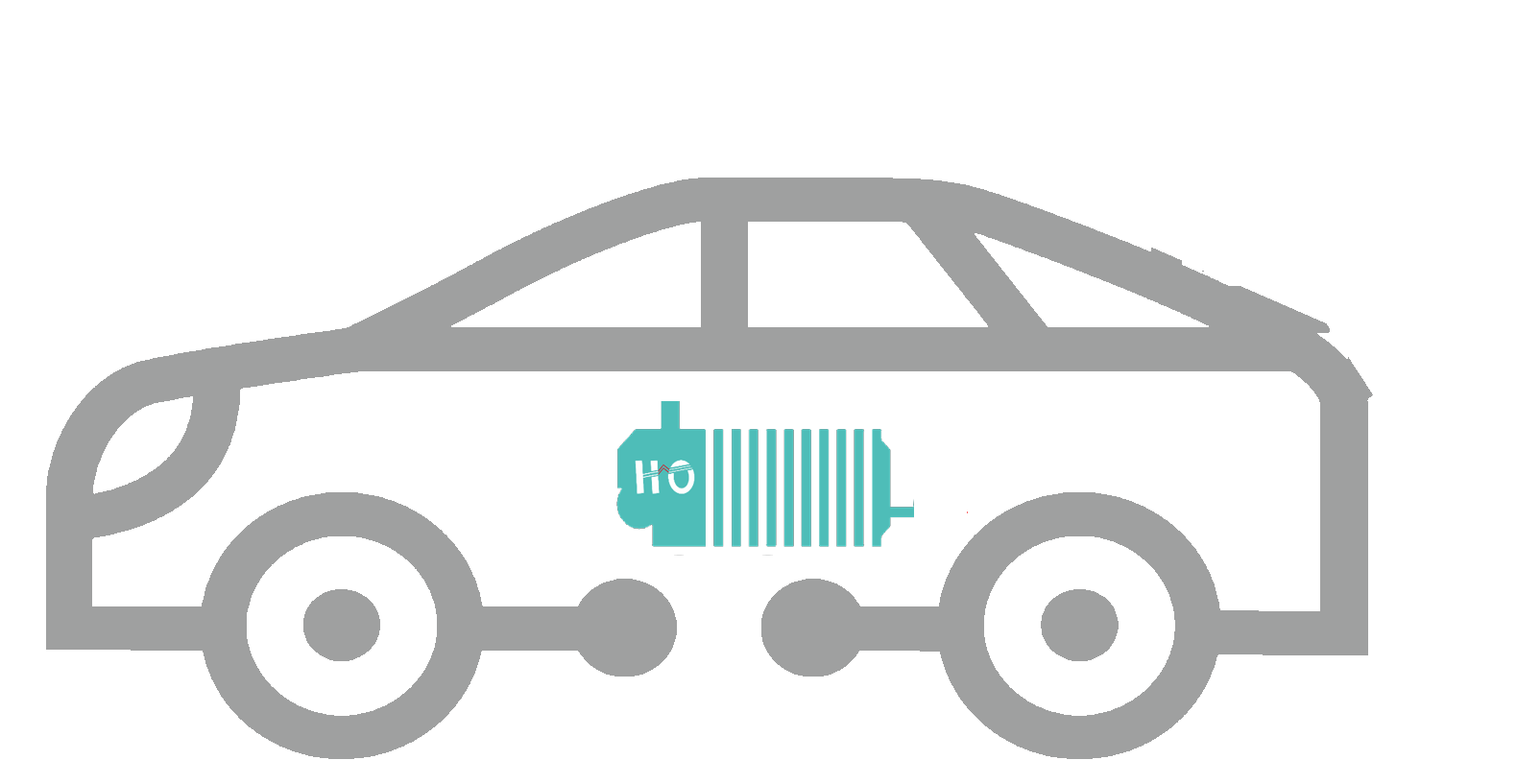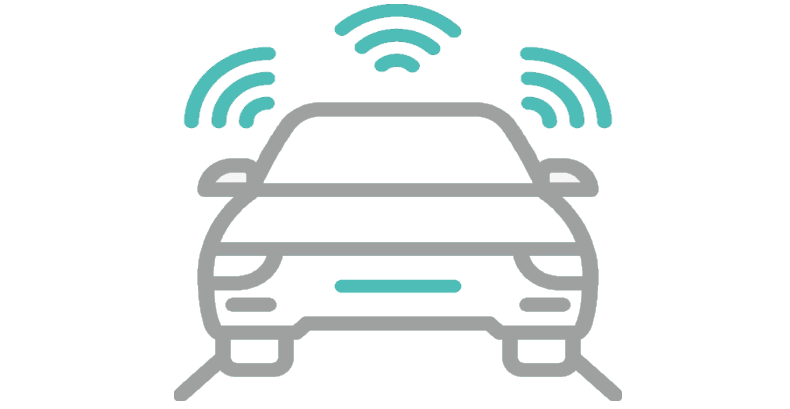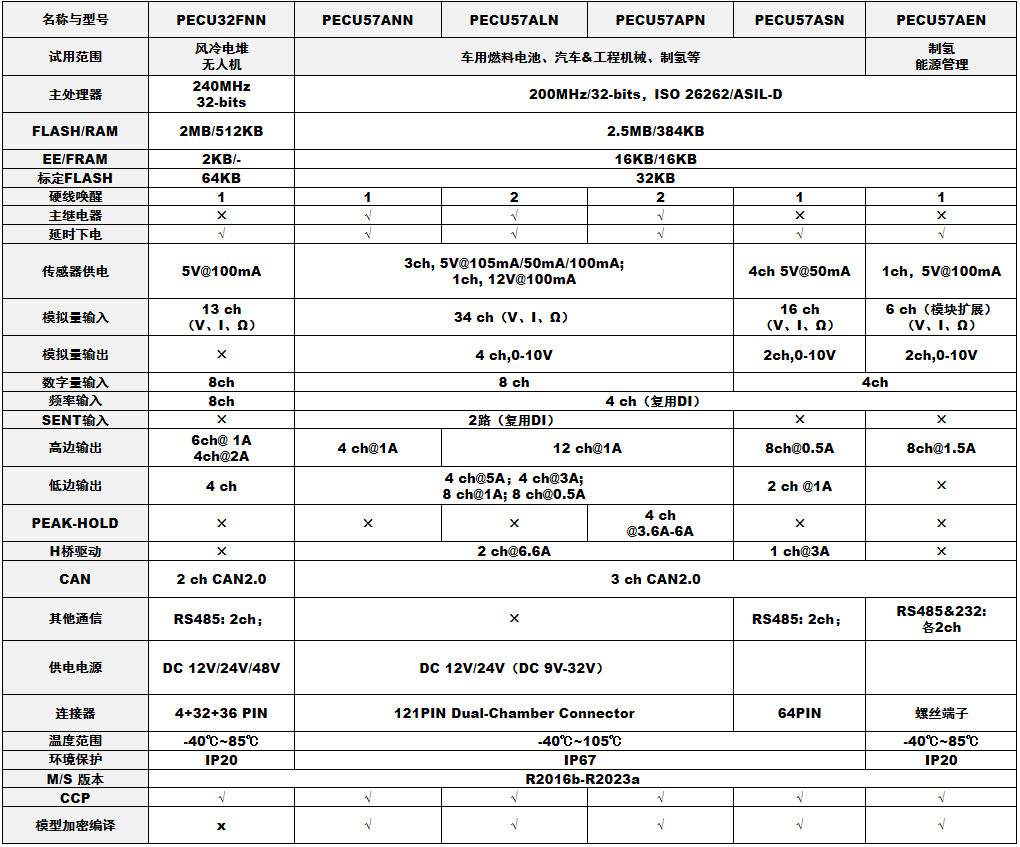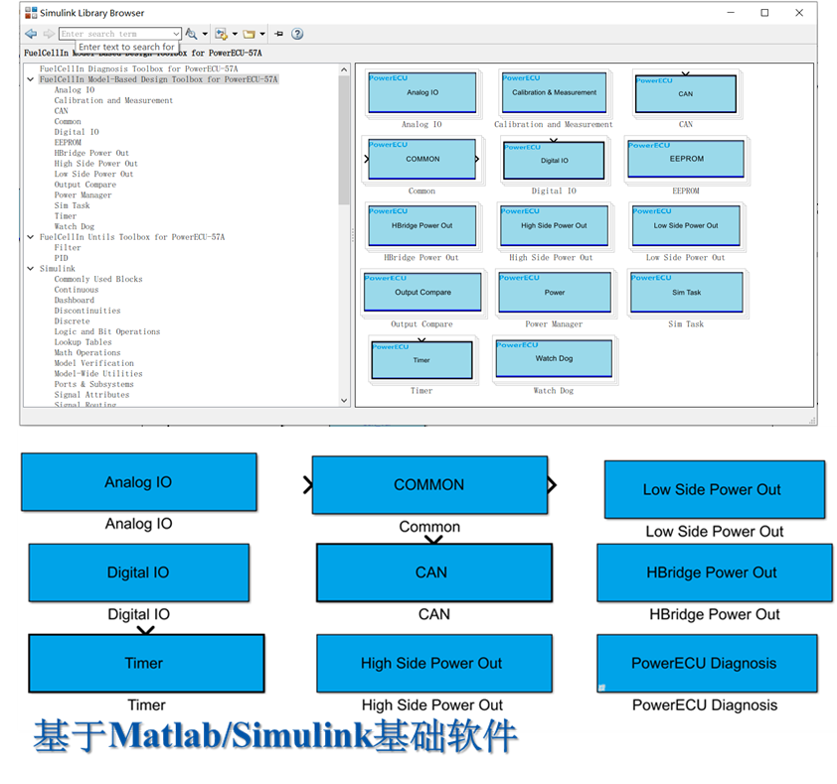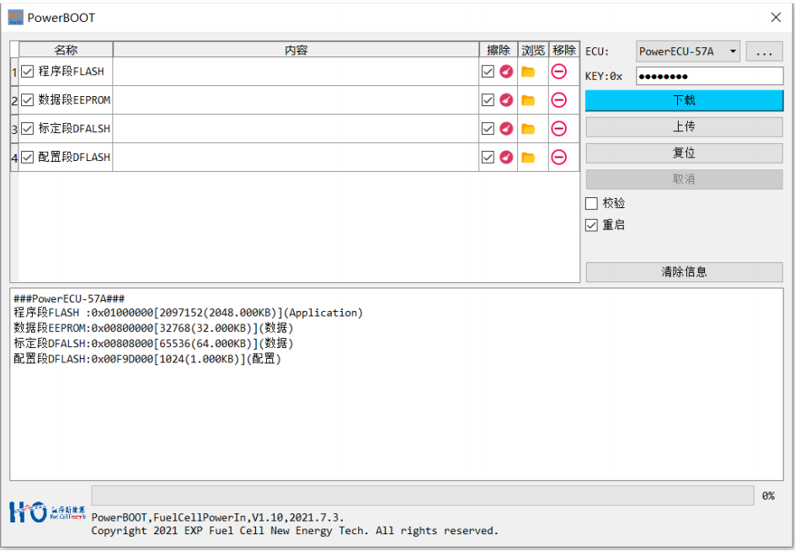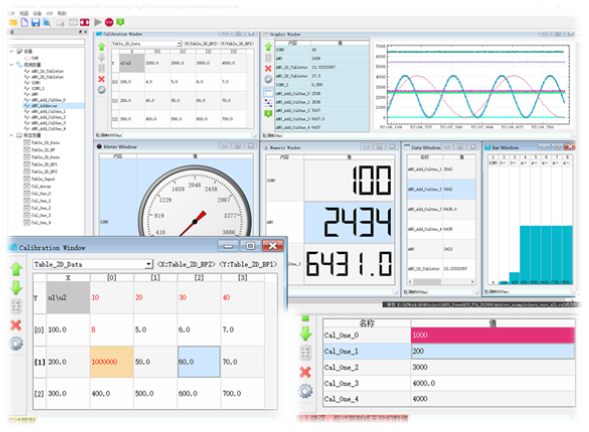PowerECU Control Unit
PowerECU is designed to allow for customization, and is manufactured to automotive and Hydrogen volume production standards. PowerECU products enable reliable, efficient and fast embedded controls development and is a cost-effective solution for small to large-volume production applications. FCPI offers PowerECU products as off-the-shelf solutions and can also deliver optimized solutions based on the underlying technology. PowerECU technical team provides basic software, additional software and hardware products to support the use of its embedded controllers.
PowerECU’s family of embedded controllers are designed, developed and manufactured to support a wide range of vehicle electrification and Hydrogen-Power applications. These include but are not limited to communication and I/O gateways, fuel cell system control, vehicle control, battery management, charge management, electrolytic system control, and other generic system control.
